Lemons float on water, but do you know how to make a lemon sink?
This fun science trick will baffle your friends and is a great way to learn about density!
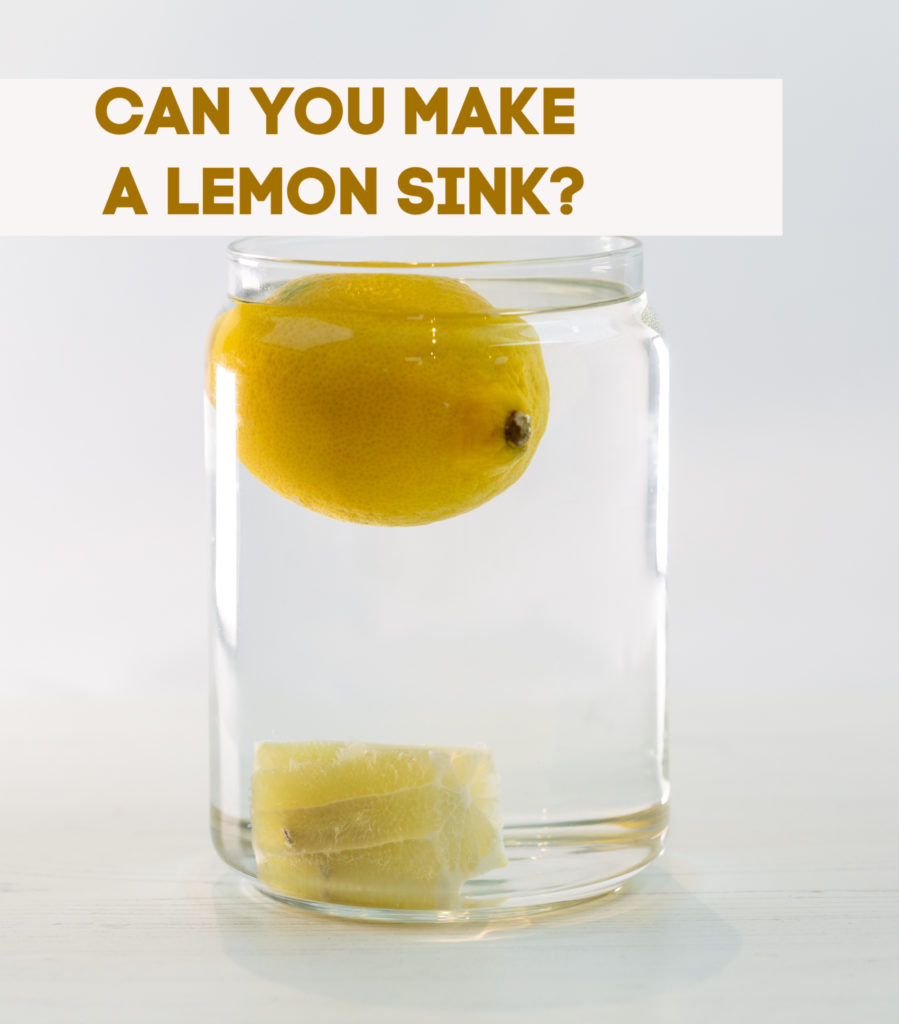
Photo taken from Snackable Science
What you need to make a lemon sink
Bowl
Water
Lemon or orange
We tried pushing a lemon down to make it sink, but it just popped up again.
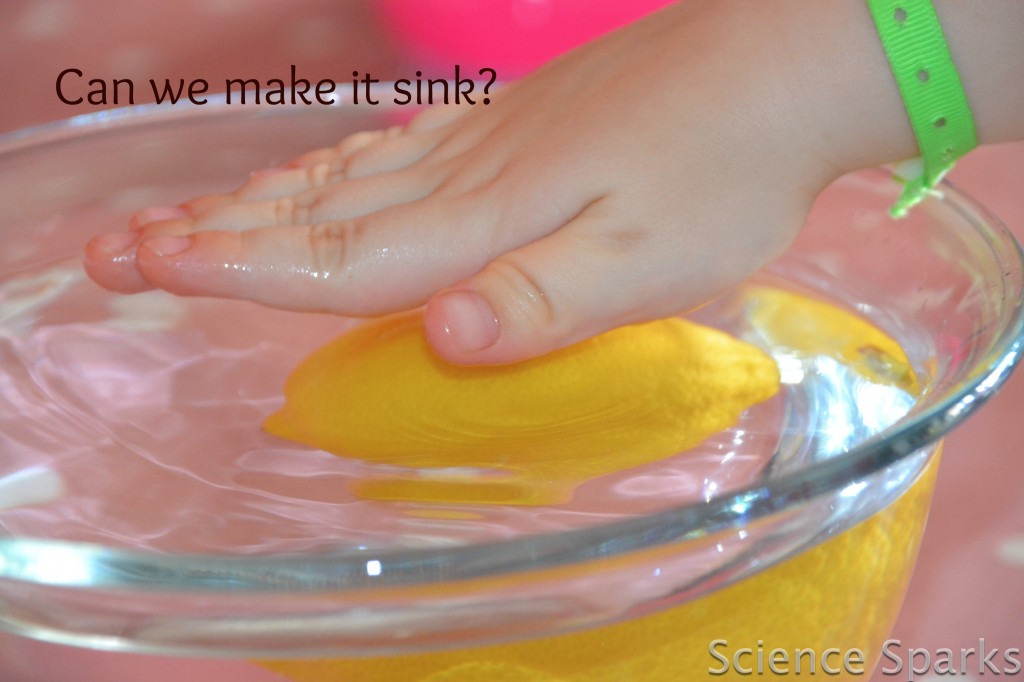
What about if we chop it into smaller pieces?
I expected these small bits to sink, as without its waterproof skin, water can get into the lemon pulp and add to its weight, but our segments still floated.
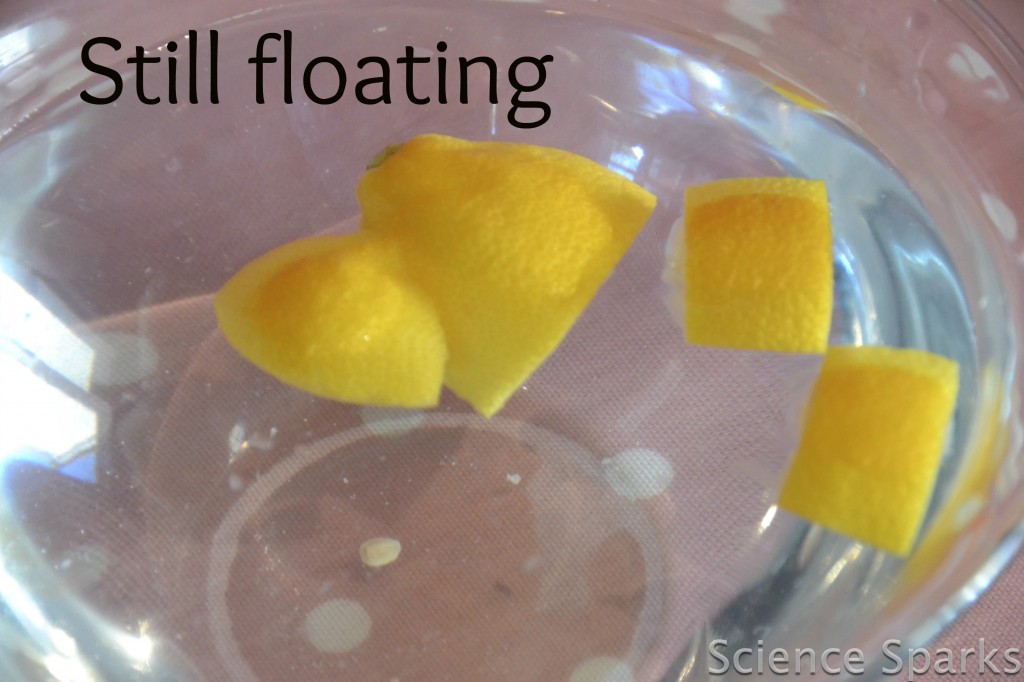
We then removed the skin and found the small bits of lemon sank. Why do you think this is?
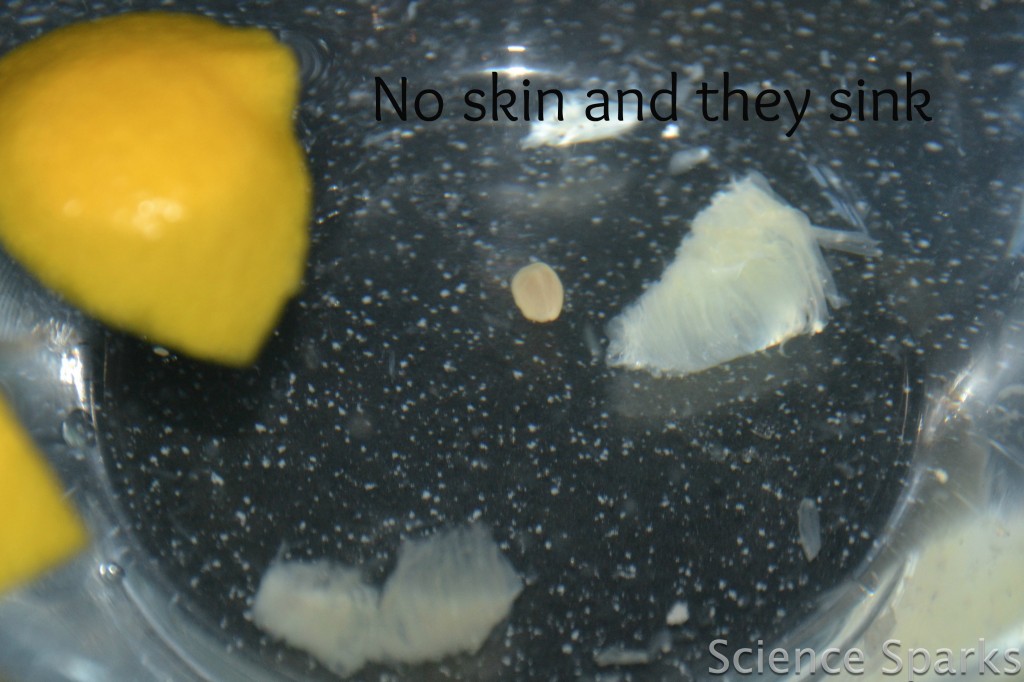
Why do lemons float?
If you look at the inside of the lemon skin, you can see it is very thick and porous, this means it contains lots of air which makes it float.
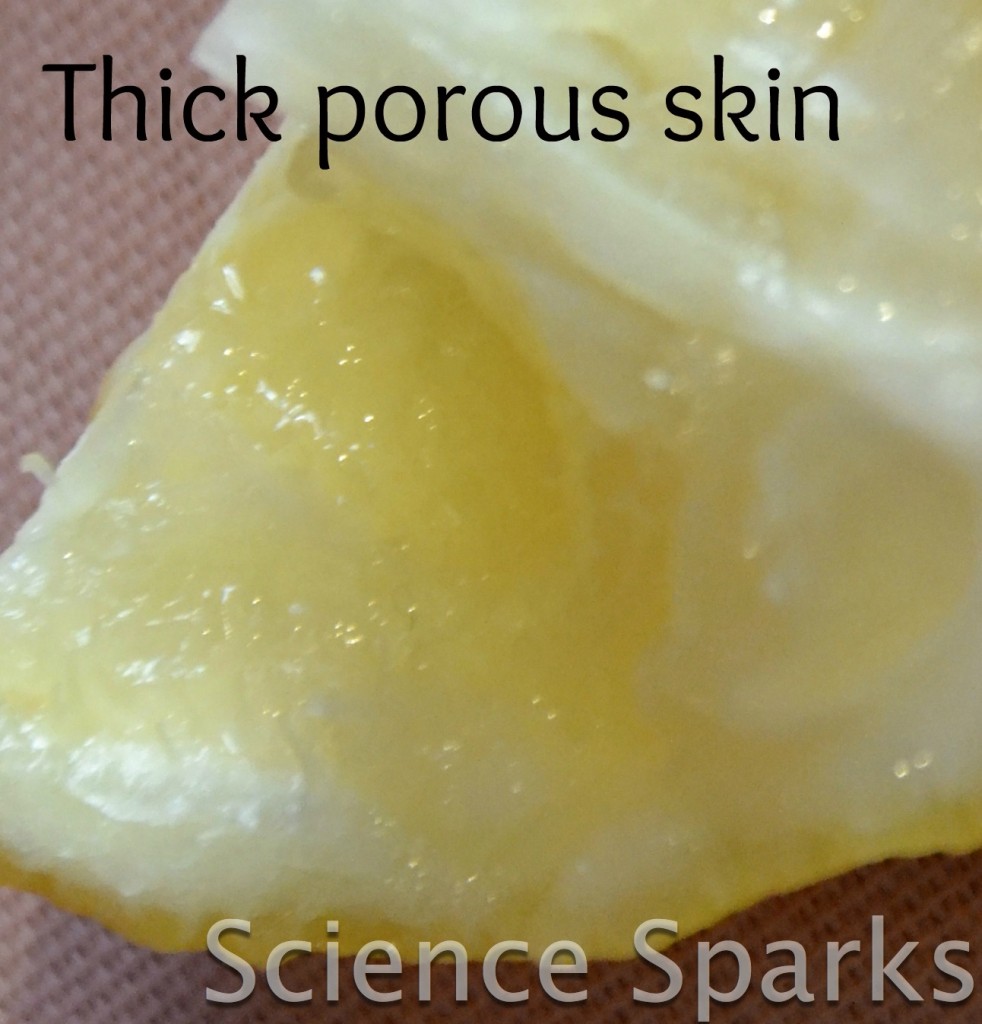
Which other fruits do you think will float, and which sink?
Can you predict which fruits will sink and which float and test them?
Why do objects float in water?
Density plays a part in why some things float and some sink. Objects that are more dense than water sink, and those that are less dense float. The inside of the lemon is denser than the skin, so the inside of a lemon sinks, but a whole lemon floats thanks to the air bubbles in the skin.
When an object floats, it pushes the water out of the way ( displacement ). Have you ever noticed that when you climb into a bath, the water level moves up? That’s because your body displaces the water upwards.
More science for kids in the kitchen
Try one of my other exciting kitchen science experiments, including finding out why pineapple stops jelly setting, making meringue and even a butterfly life cycle.
Make a lemon battery!
Use your lemon rind to make and test a fruity boat.
Last Updated on May 4, 2023 by Emma Vanstone
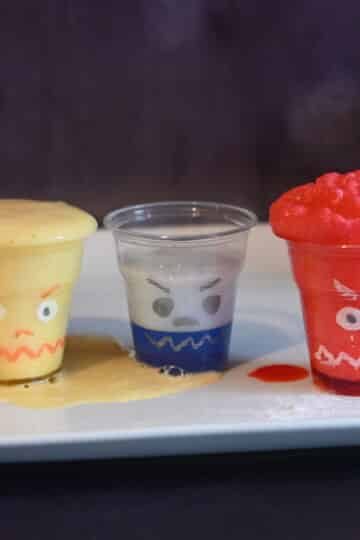
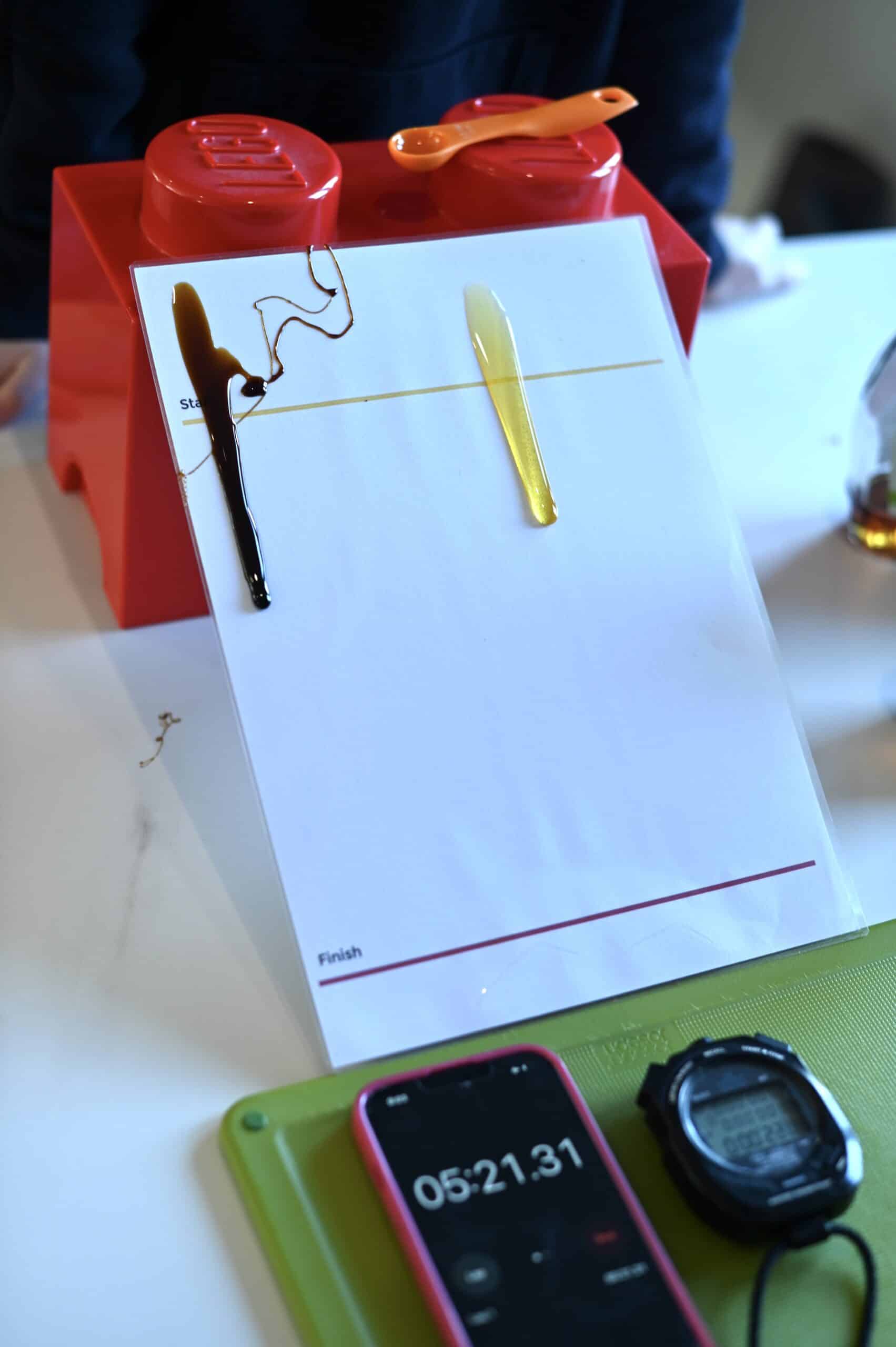
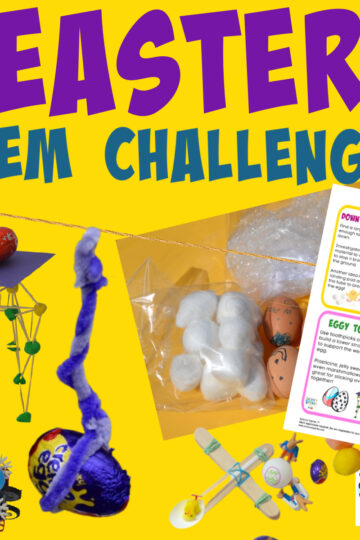
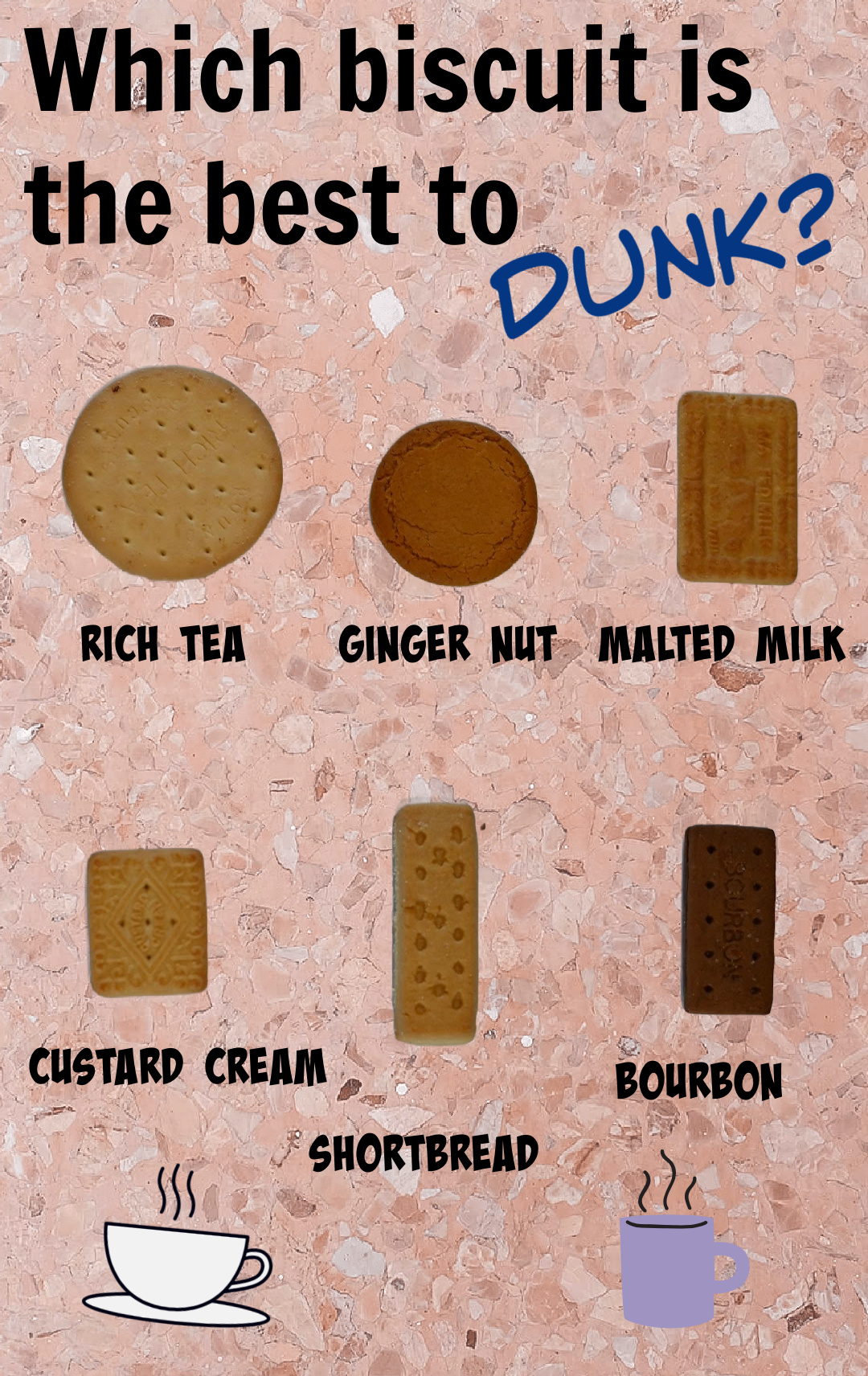
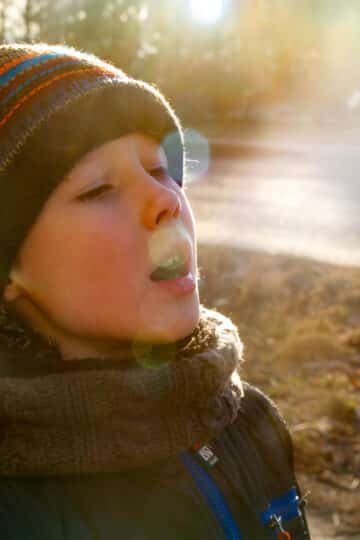
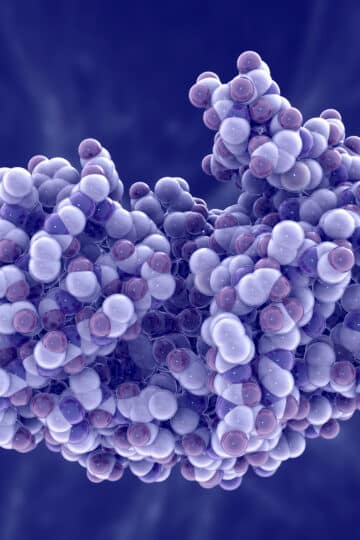
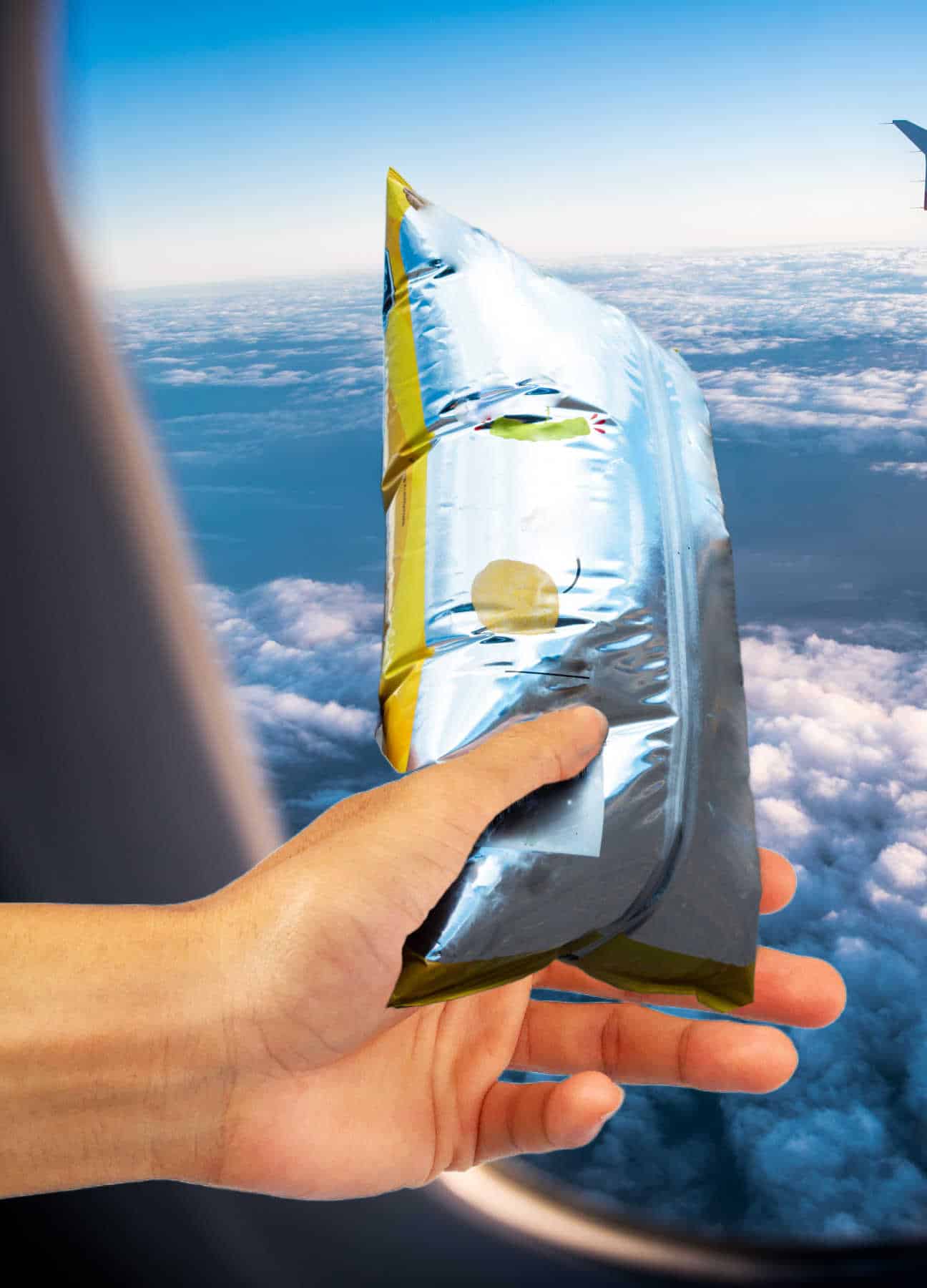
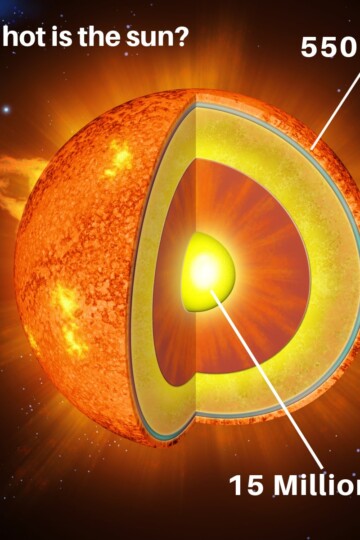
maryanne @ mama smiles says
What a great, simple science experiment about density!
maryanne @ mama smiles says
Thanks for sharing with learning laboratory at mama smiles =)
Pinkoddy says
How fascinating. Thanks for sharing.
Ann says
Now just add sugar!
Very interesting!!! Apples float - I think... Bananas sink???
Carrie says
What a fun lesson!! Thank you for sharing on Sharing Saturday!!
Carrie says
Just to let you know you are one of the most clicked this week, so I will be featuring this at Sharing Saturday tonight!
ScienceSparks says
Thank you!
Cerys @ Rainy Day Mum says
This is a great way to look at porous and floating and sinking. Thank you for linking up to Tuesday Tots and just to let you know that I will be featuring it this week on Rainy Day Mum
Ticia says
Experiments like that always go over well. Thanks for linking up to Science Sunday!
ScienceSparks says
Yes, we loved it!
Amelda Hermosillo says
Awesome!! Will experiment with 3 yr olds!!